Enlisted 1
How many Chevrons ?
What do you call an E1 in the Army, Marines, Navy, AF, SF, Coast Guard?
Has 0 chevrons
What is A...
Private (Army)
Private (Marines)
Seaman Recruit(SR) (Navy)
Airman Basic (Airforce)
Specialist 1(Spc1) (Spaceforce)
Seaman Recruit(SR) (CoastGuard)
No Rank = No insignia
E5 is know as.... and wears a....
Army Sergeant
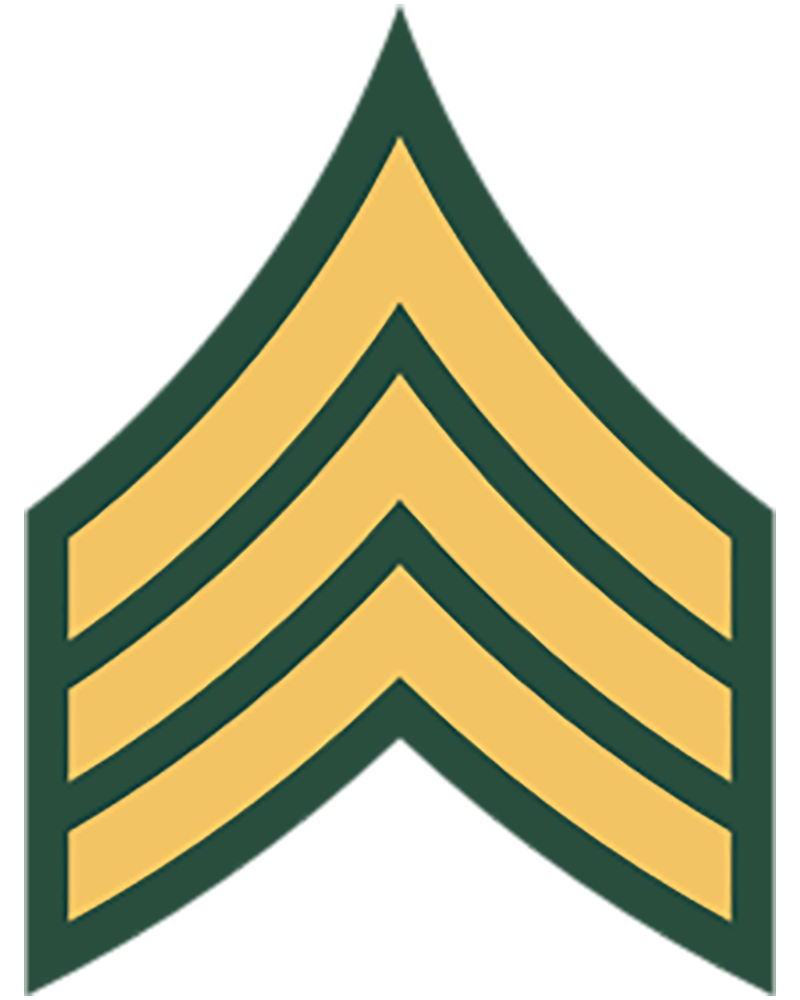
MC Sergeant(Sgt)

Navy Petty Officer Second Class **(PO2)
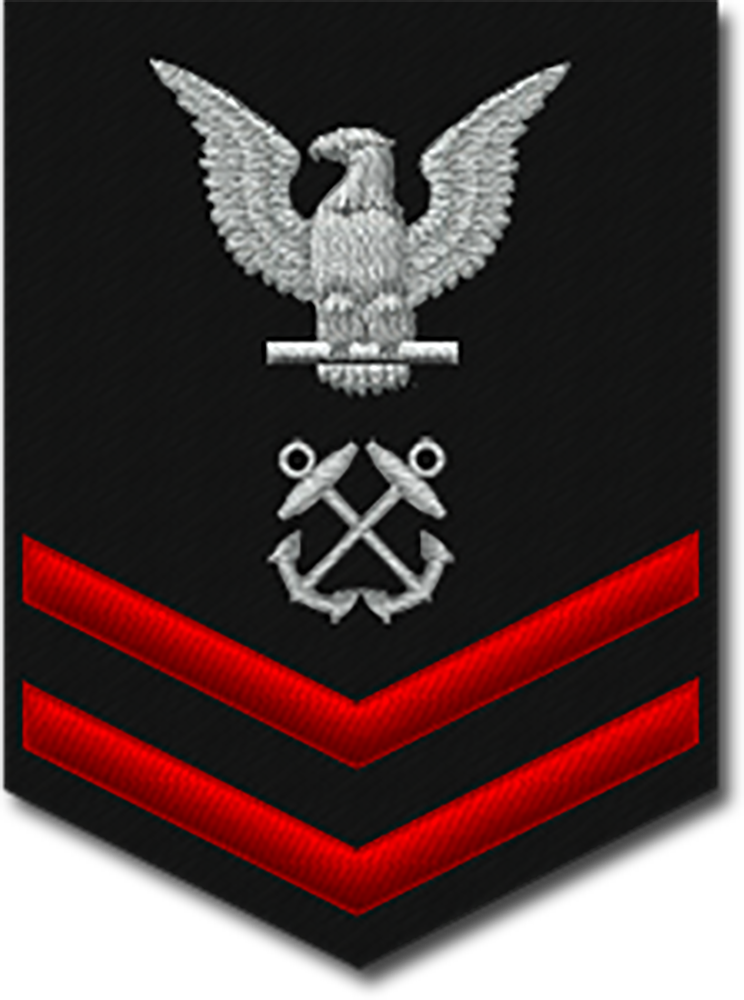
AF Staff Sergeant(SSgt)
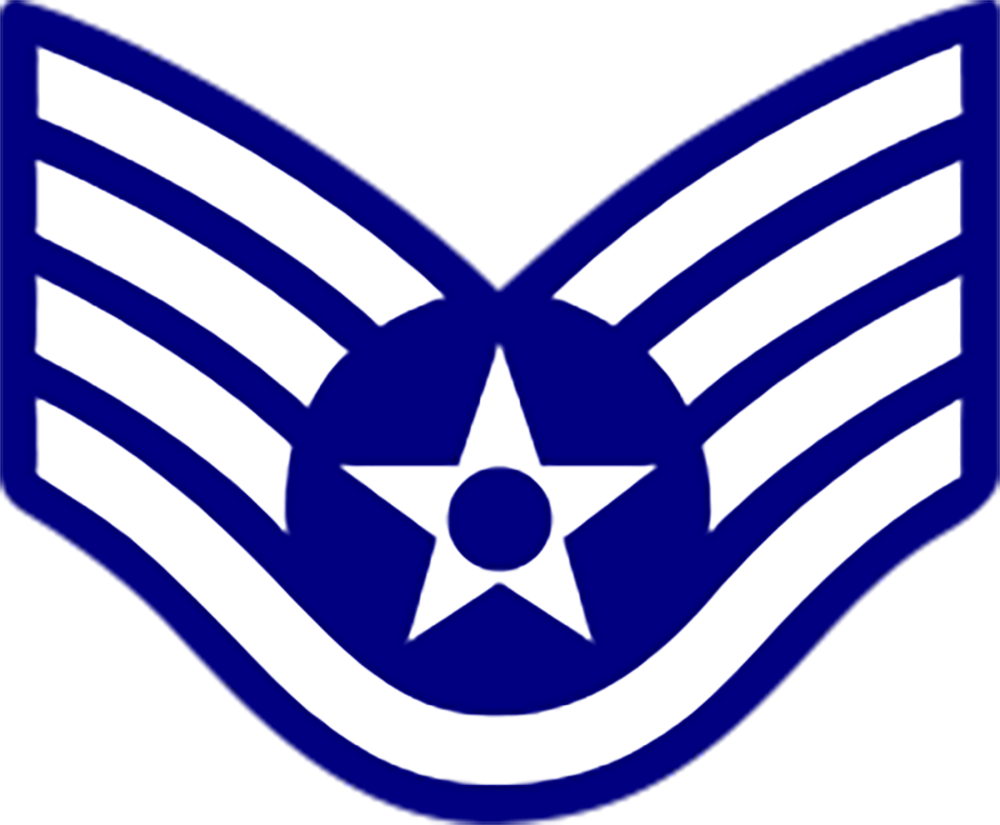
SF Sergeant(Sgt)
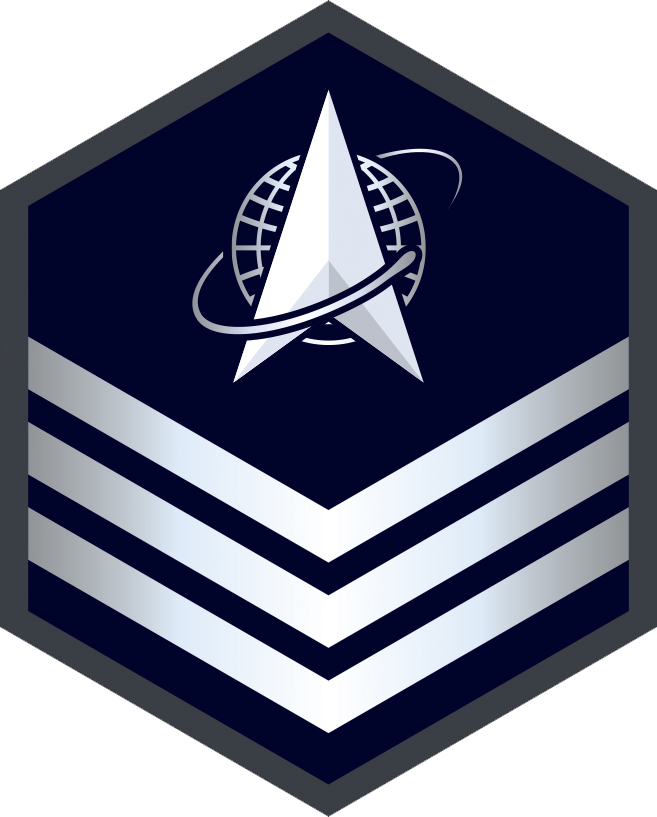
CG Petty Officer Second Class **(PO2)

Officers are.
What are the ...
Highest commissioned ranks in the military.
These officers hold presidential commissions and are confirmed at their ranks by the Senate. Army, Air Force and Marine Corps officers are called company grade officers in the paygrades of O-1 to O-3, field grade officers in paygrades O-4 to O-6 and general officers in paygrades O-7 and higher. The equivalent officer groupings in the Navy are called junior grade, mid-grade and flag.
Naval officers wear distinctively different rank devices depending upon the uniform they're wearing. The three basic uniforms and rank devices used are: khakis, collar insignia pins; whites, stripes on shoulder boards; and blues, stripes sewn on the lower coat sleeves.
04 insignia is...
What is a gold Oak Leaf
Army

Major Maj

Lieutenant Commander LCDR
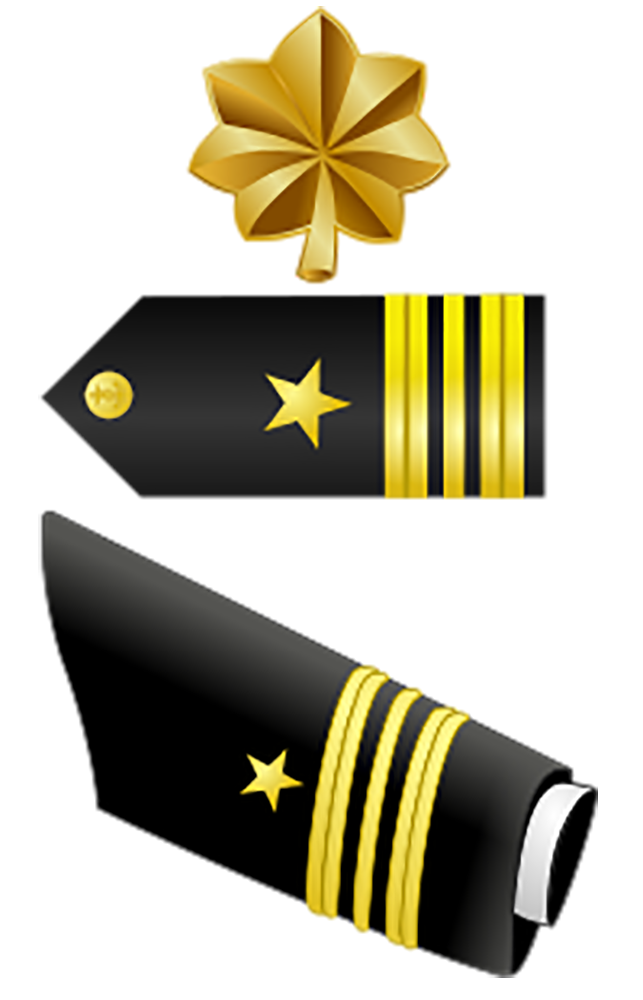
Major Maj

Major Maj

Lieutenant Commander LCDR

Average age of Enlisted Members in US Miliatary
The average age of enlisted members in the US military is 27.3 years.
- Private (E-1) - 18 (join + 6 months)
- Private First Class (E-2) - 19 - (join + 1 year)
- Specialist/Lance Corporal (E-3) - 20 (join + 18 months)
- Corporal (E-4) - 21
- Sergeant (E-5) - 22 (join + 4.2 years)
- Staff Sergeant (E-6) - 27 (join + 8.5 years)
- Sergeant First Class (E-7) - 32 (join + 13.6 years)
- Master Sergeant/First Sergeant (E-8) - 35 - (join + 17 years)
- Sergeant Major (E-9) - 39 - (join + 20.8 years)
Or if you're talking officer, start at say age 23, and then add:
- O-2 (Lt): 25 (join + 18 months)
- O-3 (Capt): 27 (join + 4 years)
- O-4 (Major): 33 (join + 10 years)
- O-5 (Lt.Col): 39 (join + 16 years)
- O-6 (Col): 45 (join + 22 years)
Anything at or above O-7 is competitive, so there's no average age/time available, although with Generals it's usually late 40s and 50s (50).
An E2 has blank Chevrons and is called....
How many Chevrons ?
What do you call them?
E-2
Army Private(PV2)

Marine Private First Class(PFC)

Navy Seaman Apprentice(SA)
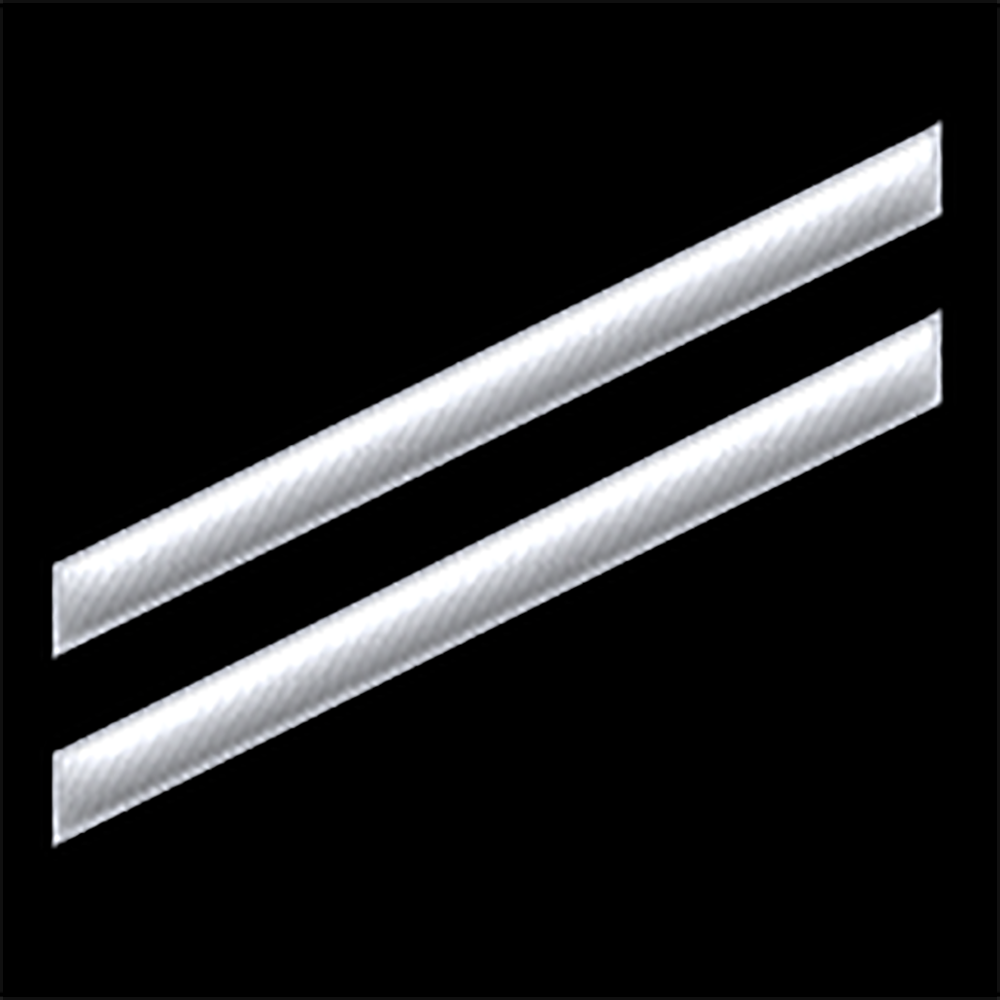
AF Airman(Amn)

SF Specialist 2(Spc2)
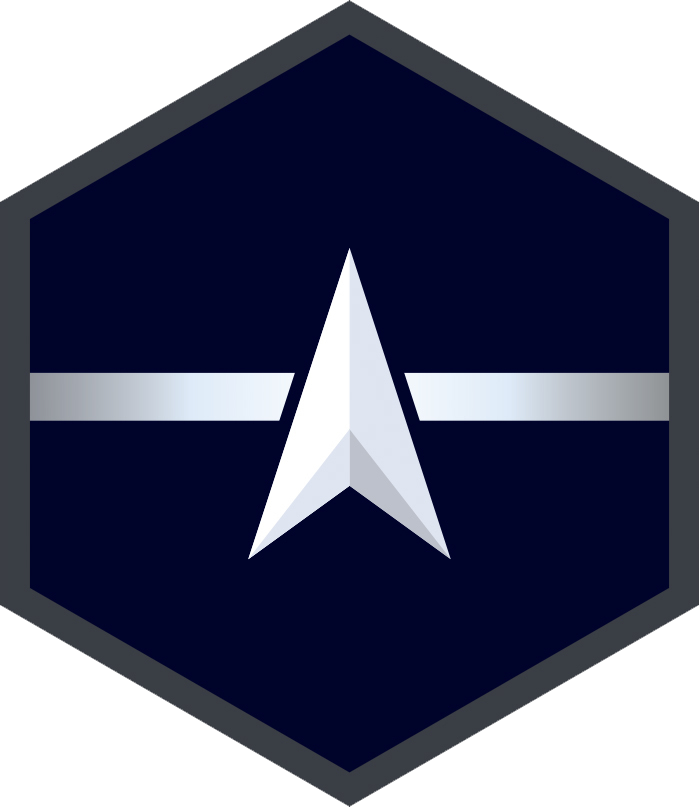
Coast Guard Seaman Apprentice(SA)

E6 is known as
Wears .... chevrons
What is A...
E-6
Army Staff Sergeant(SSG)
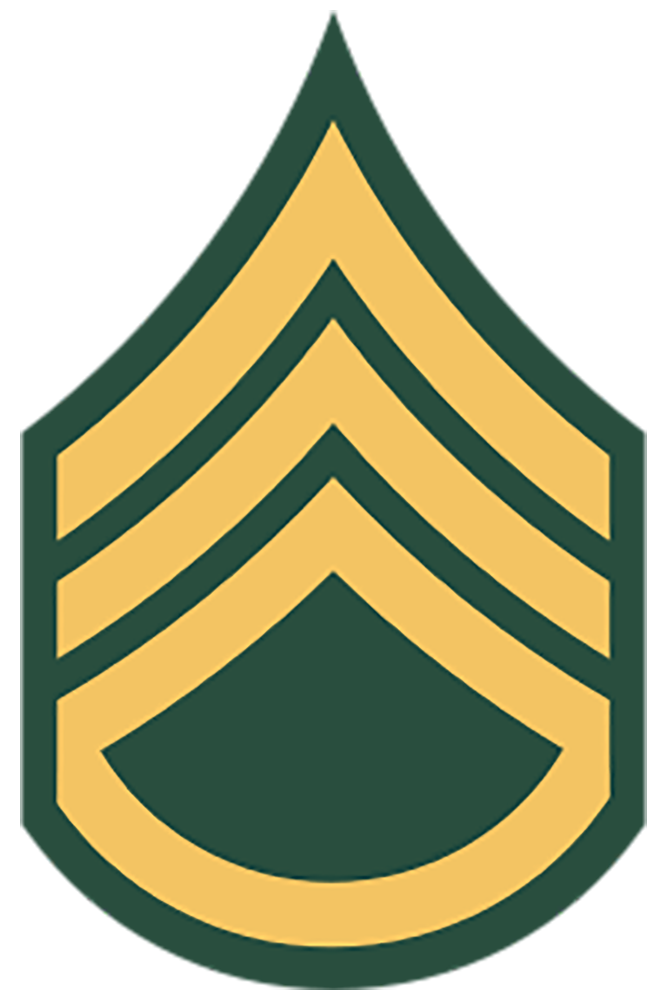
MC Staff Sergeant(SSgt)

Navy Petty Officer First Class **(PO1)
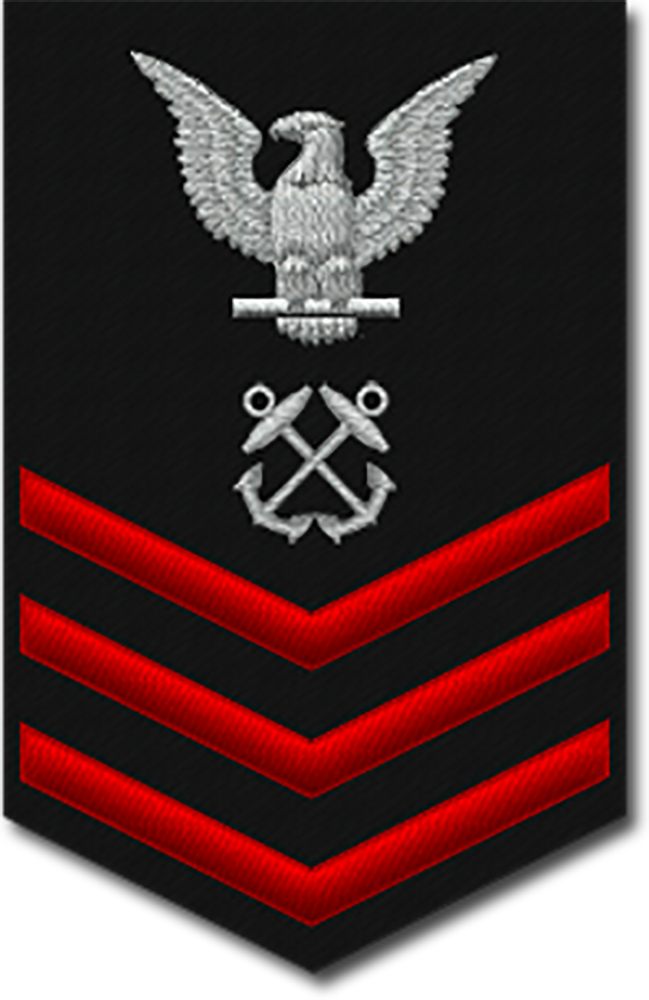
AF Technical Sergeant(TSgt)
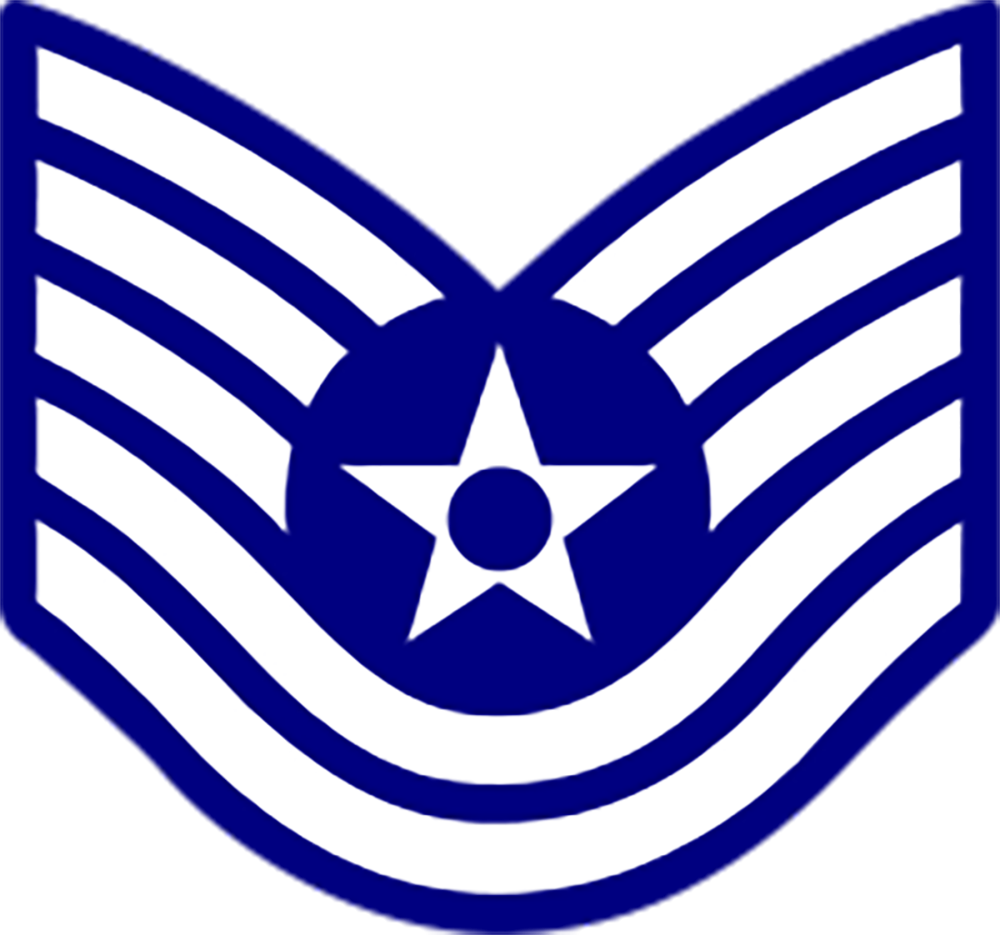
SF
Technical Sergeant(TSgt)

Coast Guard Petty Officer First Class **(PO1)

Warrant Officers are specialists of ___
And are direct representatives of ___
What are officers that hold warrants from their service secretary and are specialists and experts in certain military technologies or capabilities. The lowest-ranking warrant officers serve under a warrant, but they receive commissions from the president upon promotion to chief warrant officer 2.
Who is the president of the United States. They derive their authority from the same source as commissioned officers but remain specialists, in contrast to commissioned officers, who are generalists. There are no warrant officers in the Air Force.
05 is recognized as a .....
Lieutenant ColonelLTC
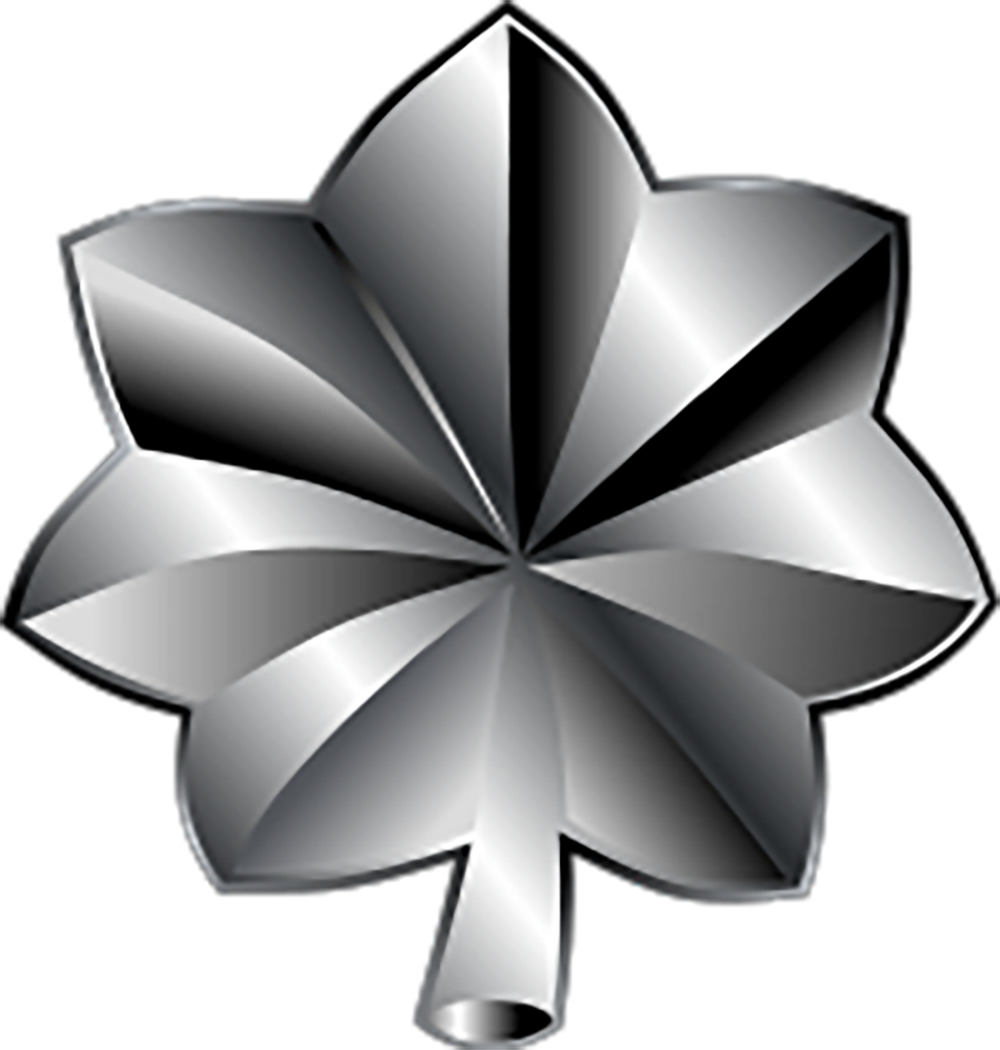
Lieutenant ColonelLtCol

CommanderCDR

Silver Oak Leaf
Lieutenant ColonelLt Col
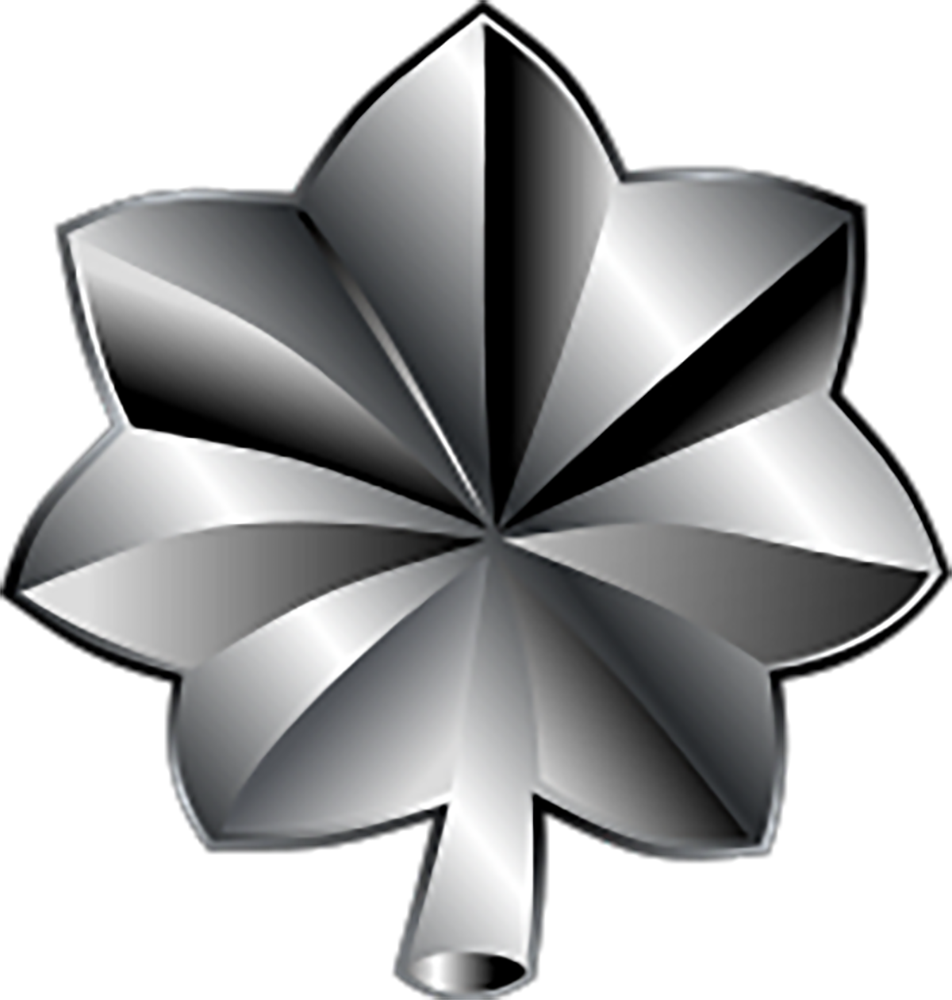
Lieutenant ColonelLt Col

CommanderCDR

General Officer Mandatory Retirement
The mandatory retirement age for all general officers is 62 (this can be deferred to age 64 in some cases, or indefinitely in the case of G.I. Joe). Under the law (10 USC, Sec 635), an officer who has been promoted to O-7 but is not on the recommended list to O-8, must retire five years after promotion to O-7, or 30 years of active-duty service, whichever is later.
An O-8 must retire five years after being promoted to O-8, or 35 years of service, whichever is greater (10 USC, Sec 636).
The Secretary of the Service Concerned (i.e., Secretary of the Army, Secretary of the Navy, Secretary of the Air Force) or the President of the United States, can defer the above mandatory retirements, up until the time that the officer reaches the age of 62 (10 USC, Sec 637).
E3 is called ____ and their uniform looks like ? For the branch you work with.
Army Private First Class
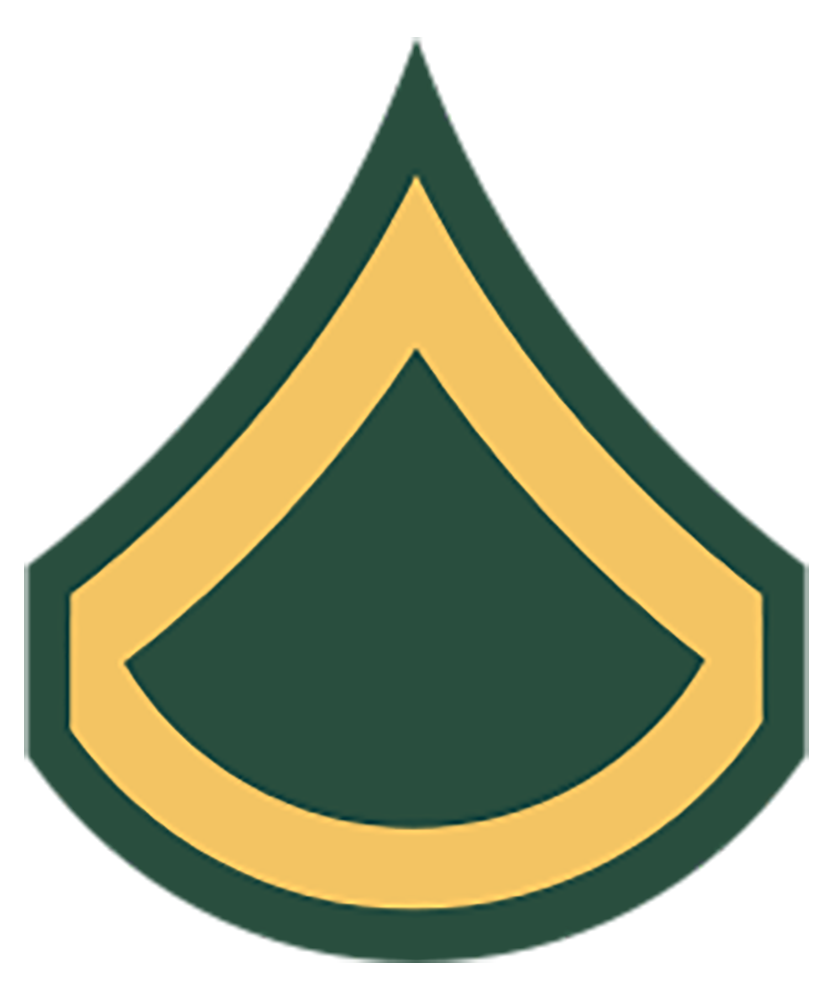
Marine Lance Corporal(LCpl)
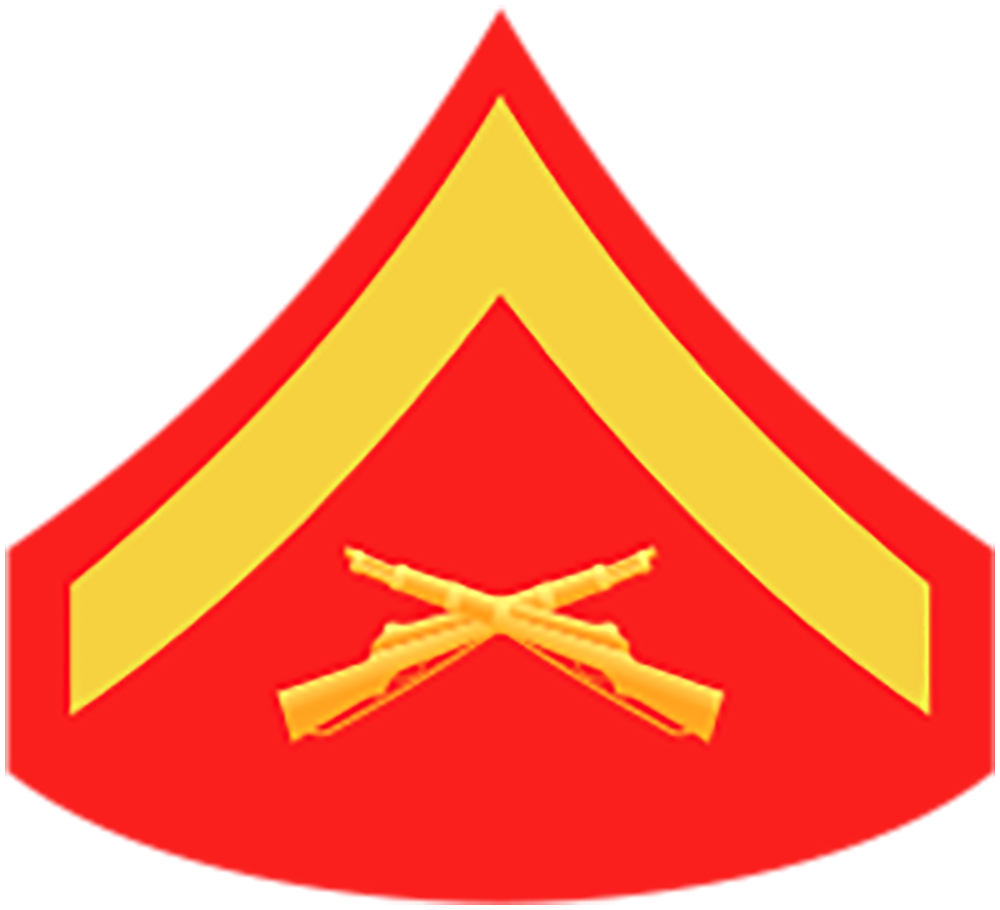
Navy Seaman(SN)
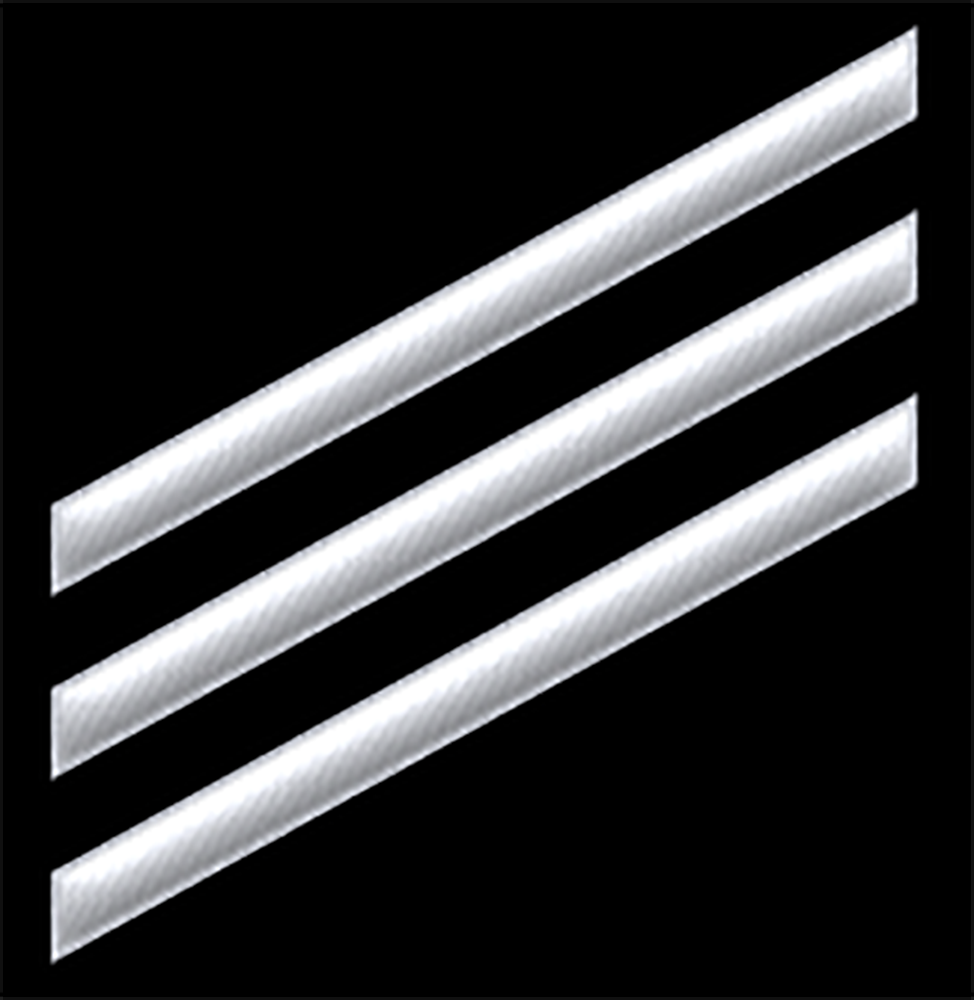
AF Airman First Class(A1C)

SF Specialist 3(Spc3)
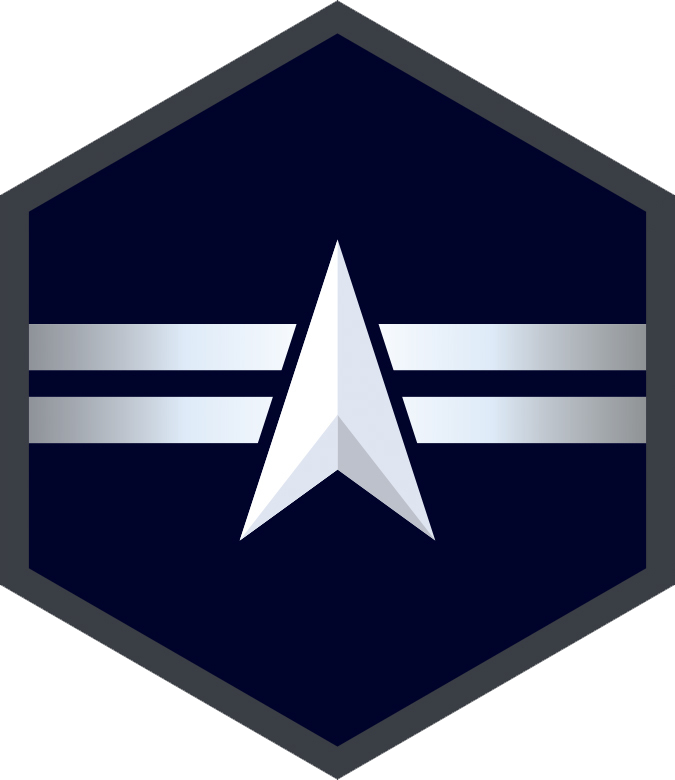
CG Seaman(SN)

E7 are know as....
Insignia shows ___ chevrons
What is A...
E-7
Army Sergeant First Class(SFC)
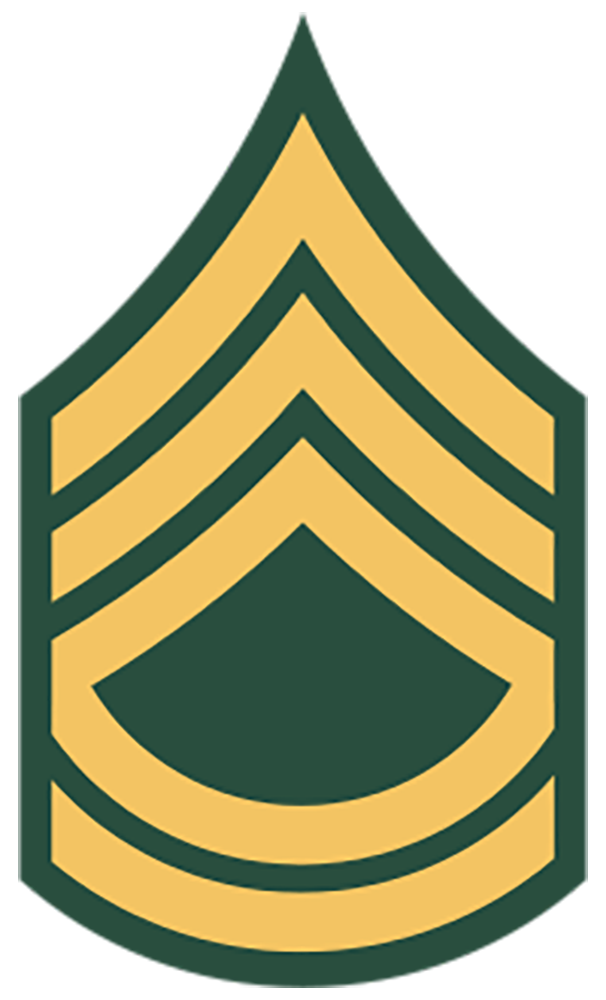
MC Gunnery Sergeant(GySgt)
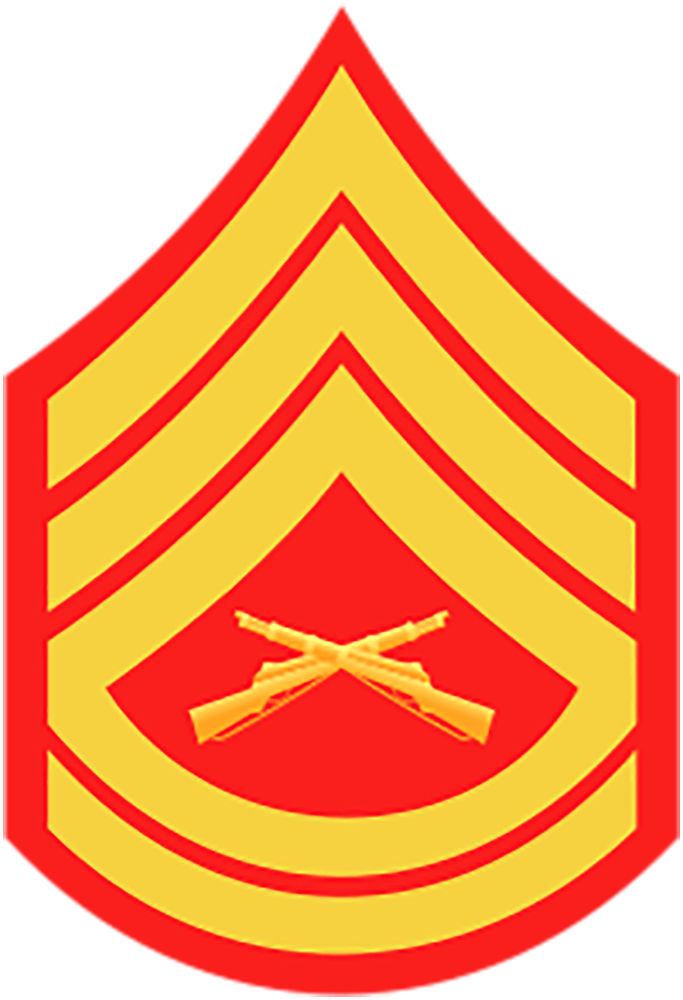
Navy Chief Petty Officer **(CPO)
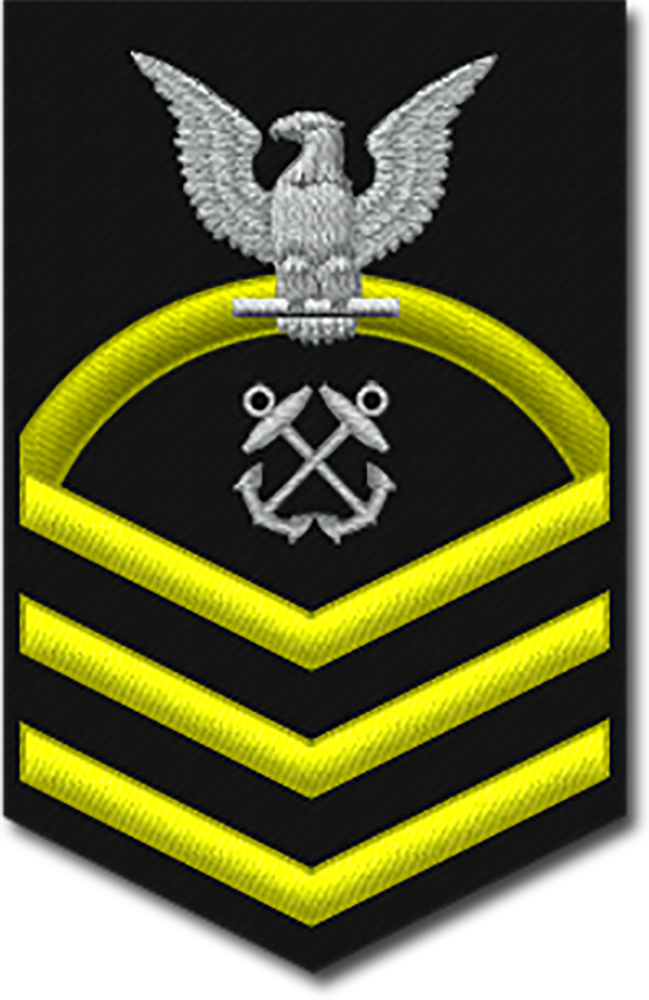
AF Master Sergeant(MSgt)
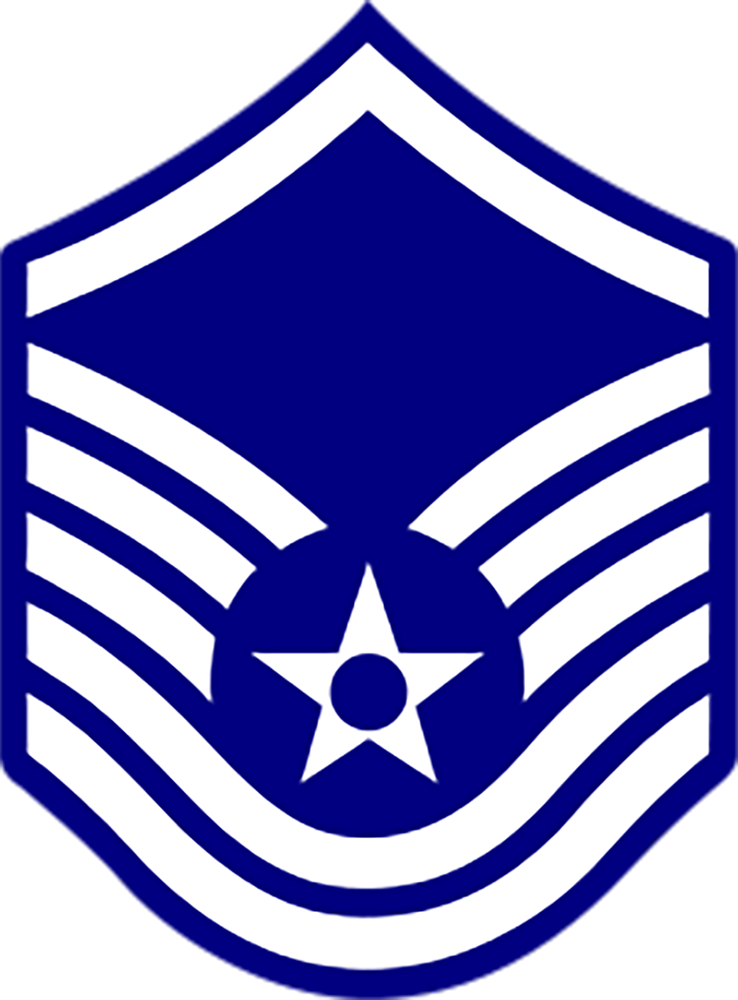
SF First Sergeant
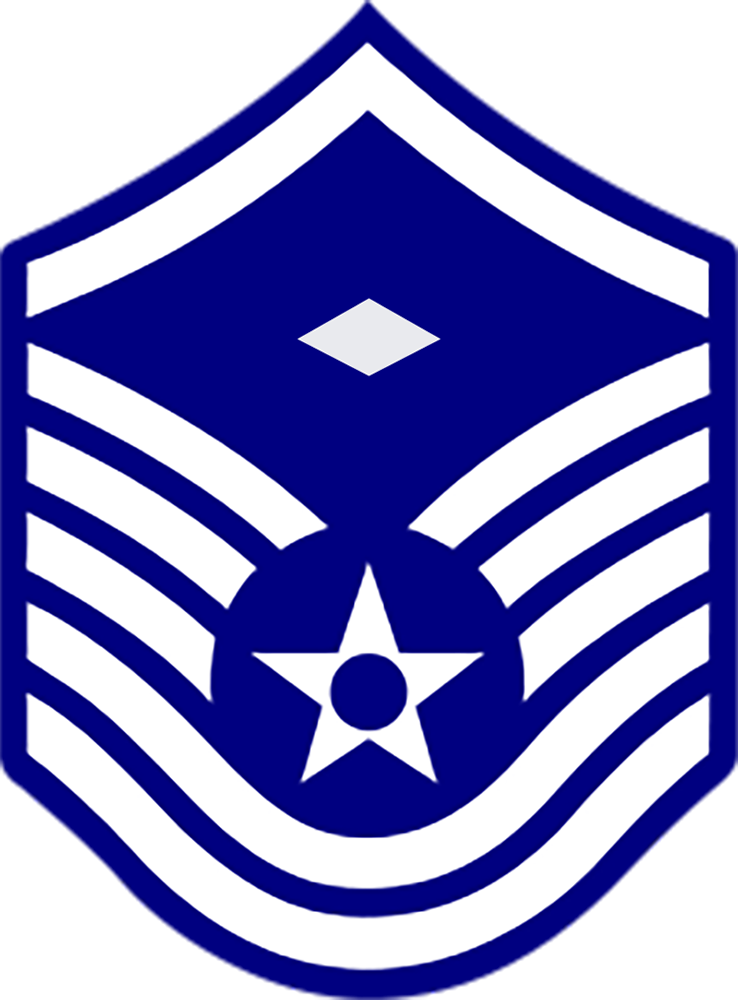
SF Master Sergeant(MSgt)

Coast Guard Chief Petty Officer **(CPO)

01 is an entry level commissioned officer rank, know as a ___ and recognized by uniform with insignia of ____
2nd Lieutenant Army
One Gold Bar

MC Second Lieutenant2ndLt

Navy Ensign ENS

AF Second Lieutenant 2d Lt

SF Second Lieutenant 2d Lt

CG Ensign ENS

06 can be recognized in uniform with a....
Full Silver Bird (also called Full Bird Colonels vs Oak leaf Lt Colonels)
Colonel COL
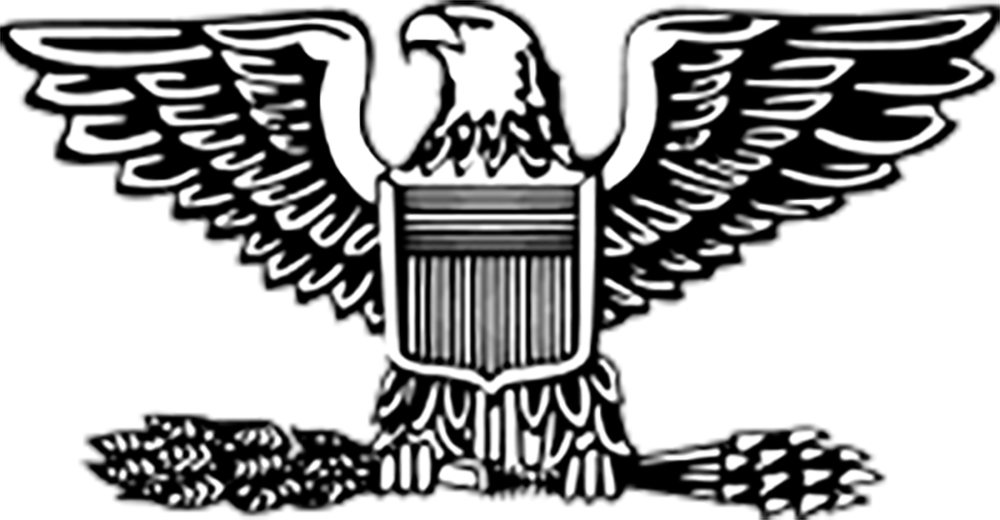
ColonelCol

CaptainCAPT
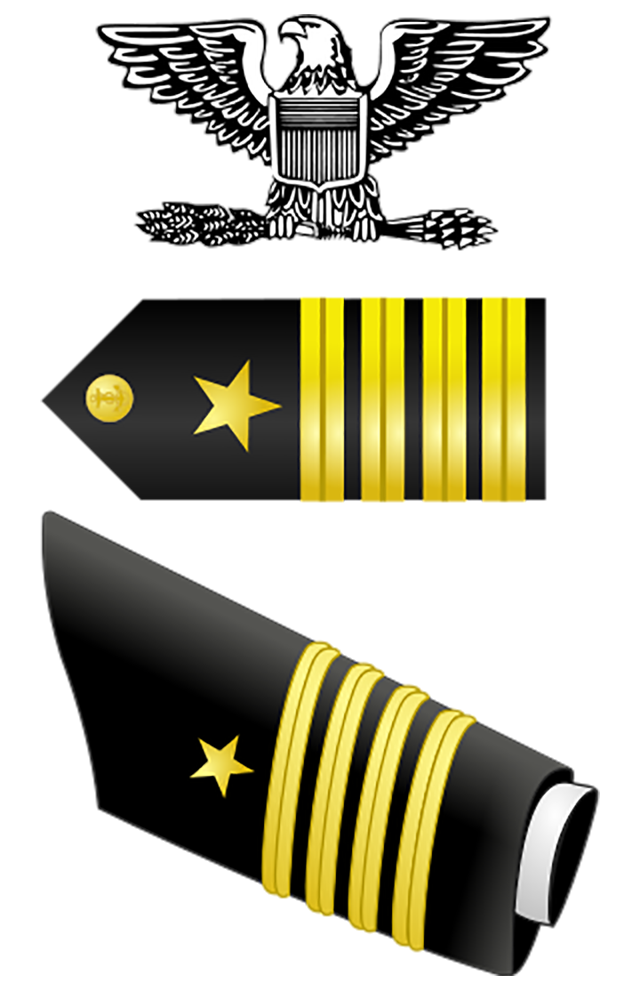
ColonelCol
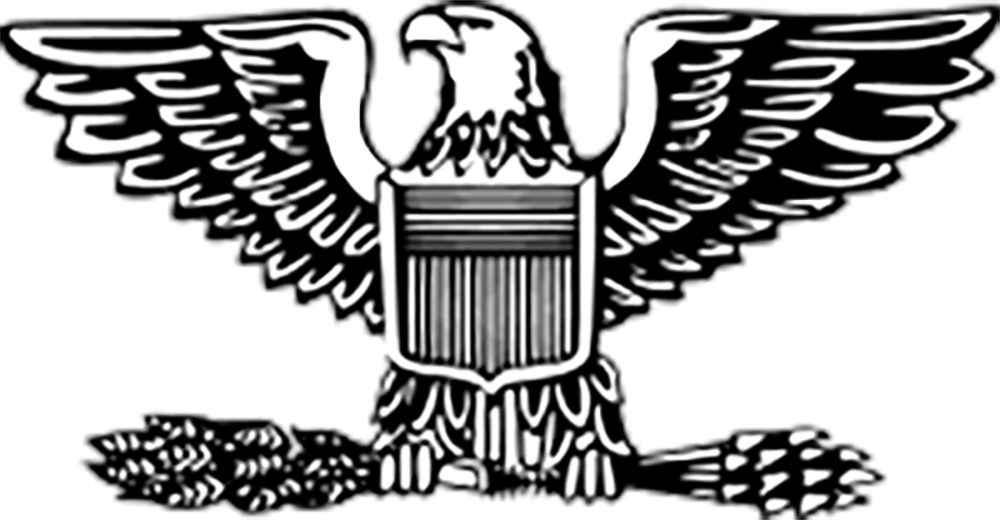
ColonelCol

CaptainCAPT

National Guard Averages are different than their active duty counter parts.
What is older on average.
Typically, Guard members tend to stay longer in their positions, changing the average age ranges.
The average age of the enlisted member of the Army Guard was 29.5 with 44.9% of the total enlisted force being age 25 or below.
The Army National Guard Officer average age was 37.5 with 39.6% of the officer force being age 41 or older.
The average age of army national guards is 40+ years years old, representing 56% of the army national guard population
The average of age of Air National Guard Officers is 40.7, and the average age of Air National Guard Enlisted members is 34.3
E4 is called ____ and their uniform is identified with...
Army Corporal (junior NCO)
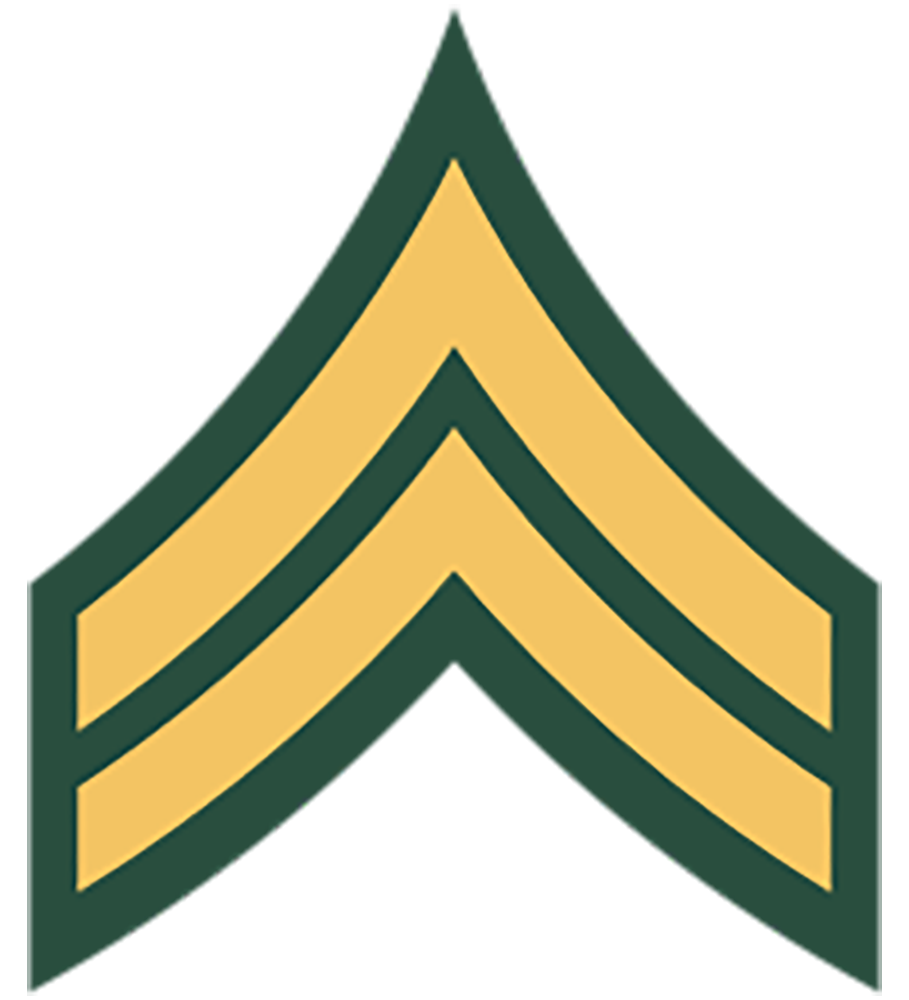
Or Army Specialist(SPC)
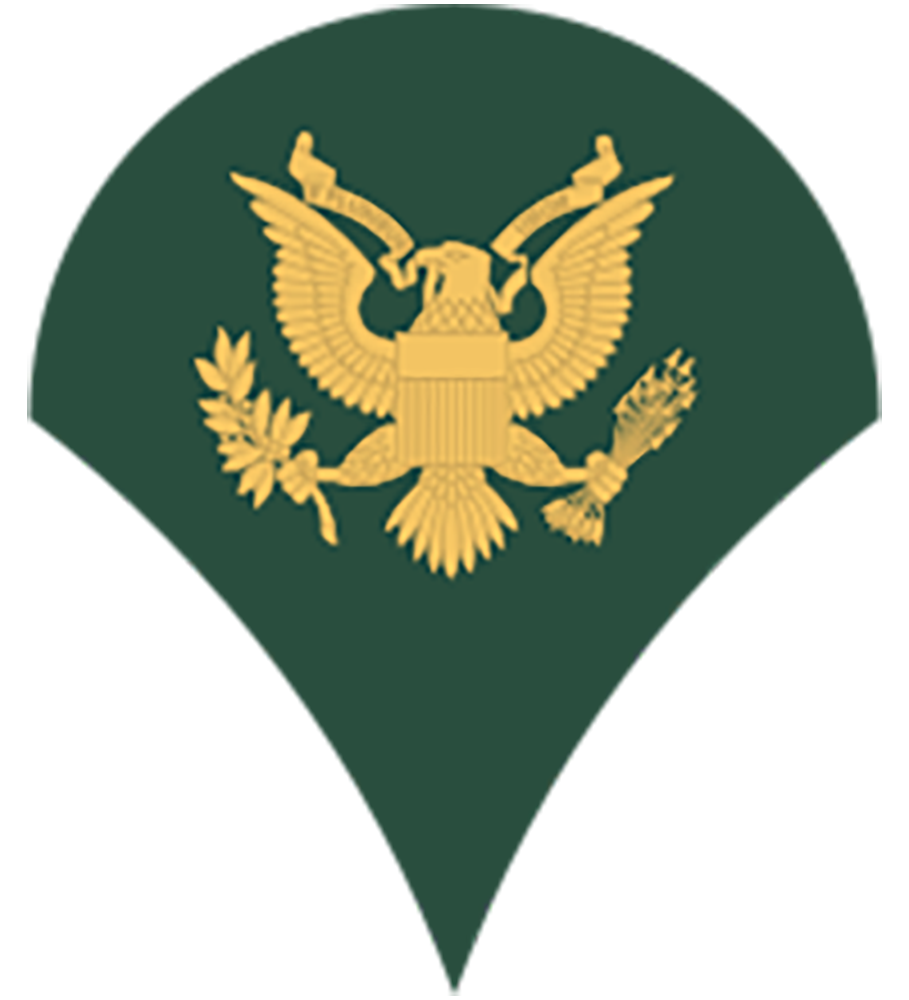
MC Corporal(Cpl)

Navy Petty Officer Third Class **(PO3)

AF Senior Airman(SrA)
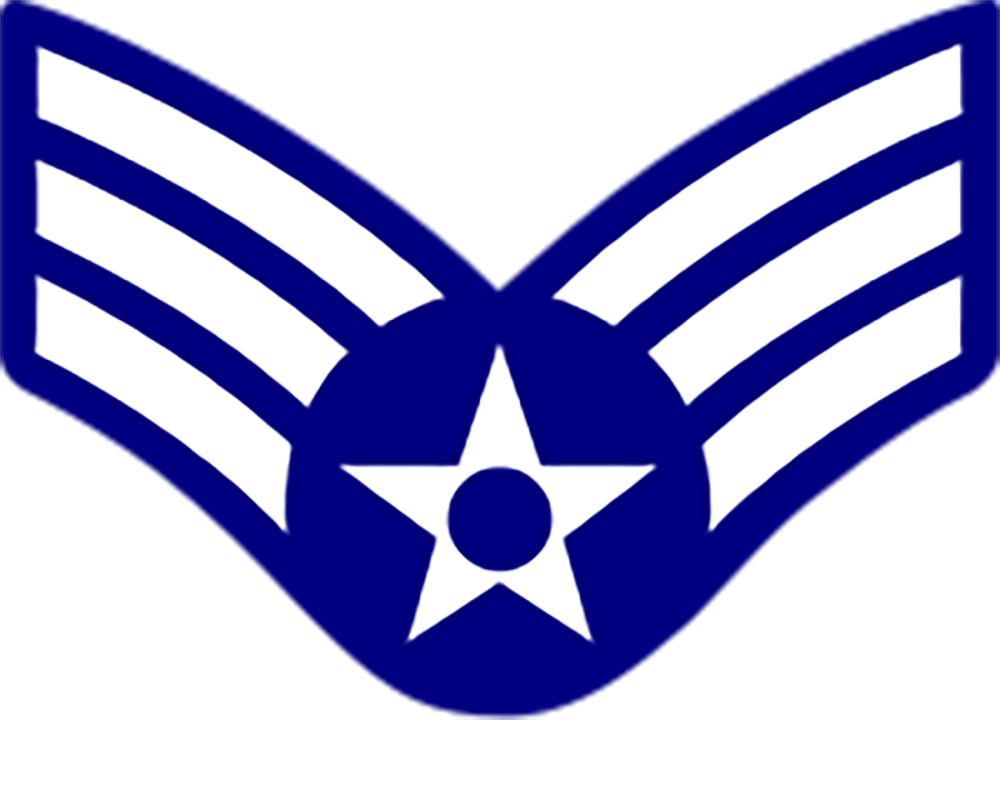
SF Specialist 4(Spc4)
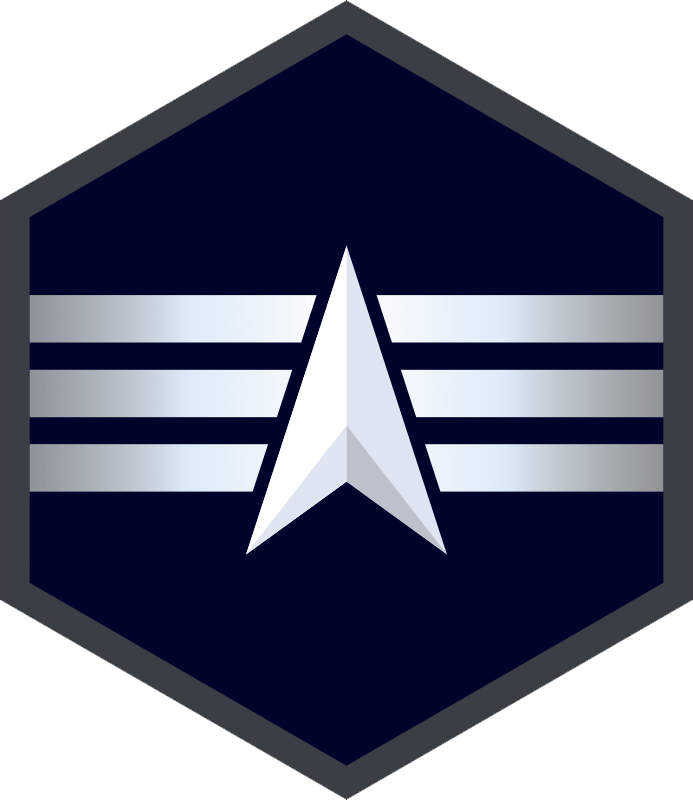
CG Petty Officer Third Class **(PO3)
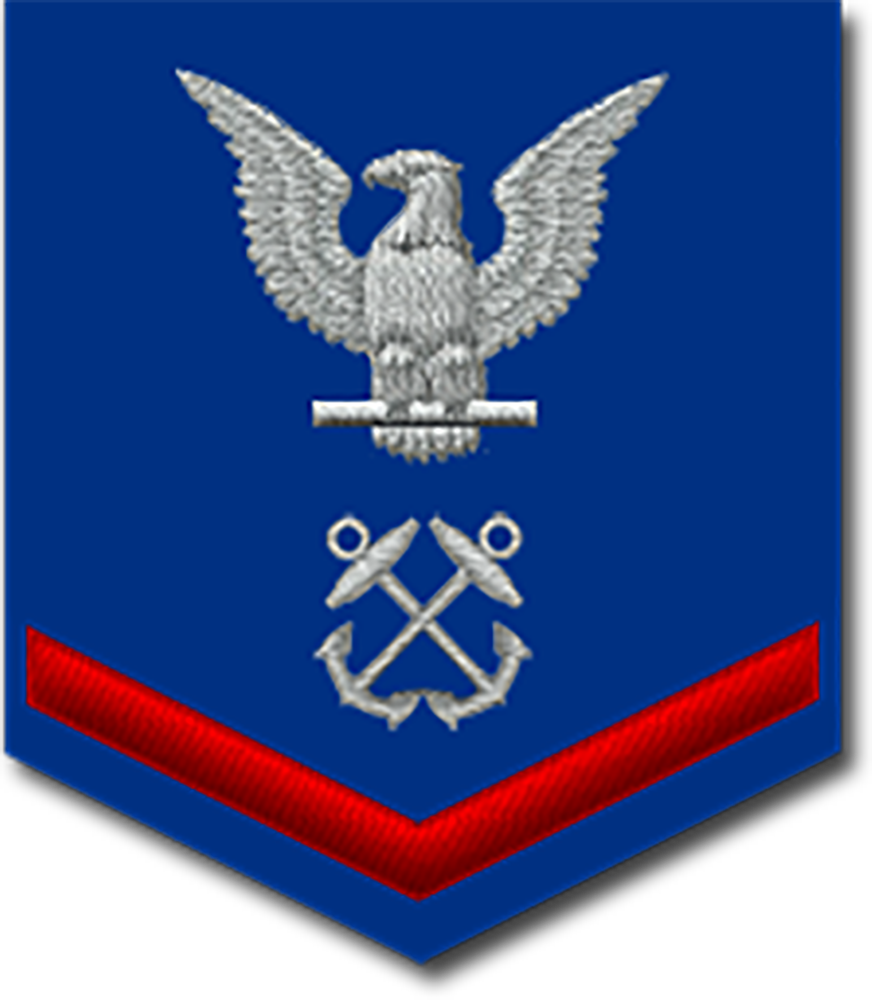
E8 & E9
What are the differences between branches?
Some differences by Branch:
At the E-8 level, the Army, Marine Corps and Air Force have two positions at the same paygrade. Whether one is, for example, a senior master sergeant or a first sergeant in the Air Force depends on the person's job.
The same is true for the positions at the E-9 level. Marine Corps master gunnery sergeants and sergeants major receive the same pay but have different responsibilities. All told, E-8s and E-9s have 15 to 30 years on the job, and are commanders' senior advisers for enlisted matters.
A third E-9 element is the senior enlisted person of each service. The sergeant major of the Army, the sergeant major of the Marine Corps, the master chief petty officer of the Navy and the chief master sergeant of the Air Force are the spokespersons of the enlisted force at the highest levels of their services.
02 are recognized by the __ on their uniform.
What is one silver bar

Army & Marine First Lieutenant 1stLt

Navy Lieutenant Junior GradeLTJG

AF First Lieutenant 1st Lt

SF First Lieutenant 1st Lt

CG Lieutenant Junior Grade LTJG

General Officers are recognized by a ____ on their uniform.
STAR

Army & Marine Brigadier General BGen

Navy Rear Admiral Lower Half RDML
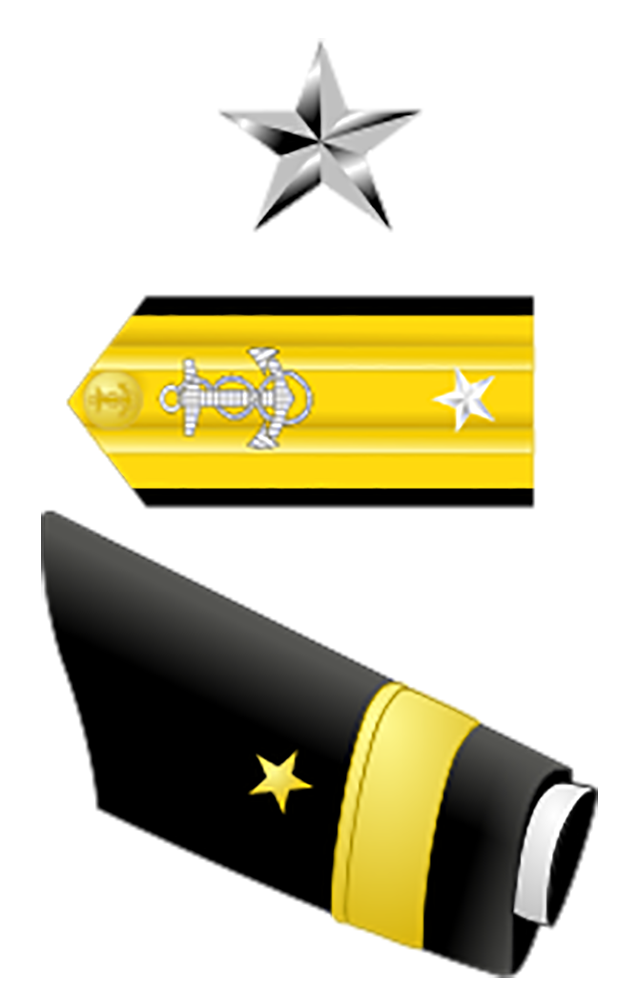
AF Brigadier General Brig Gen

SF Brigadier General Brig Gen

Coast Guard Rear Admiral Lower Half RDML

These 3 terms identify different levels of service in the military, but different aspects of the levels.
What is
- Rank: Think of rank as the military’s organizational structure.
- Insignia: Insignia on service members’ uniforms can represent rank, rate or designator. It may include various emblems such as chevrons, bars, oak leaves or stars. Typically, service members wear insignia on the shoulder or collar of their uniform, but stripes on a uniform sleeve often represents years of service.
- Pay grade: Military members of the same pay grade are paid the same amount in each branch of service. The service branches represent pay grades by a letter and a number, so an officer at the first pay grade is an O-1; an enlisted member at the fourth pay grade is an E-4.
NCO stands for....
And covers ranks __
They have increased ___ responsibility.
What is a noncommissioned officer
What is Ranks E5 and above
Leadership responsibility significantly increases in the midlevel enlisted ranks. This responsibility is given formal recognition by use of the terms noncommissioned officer and petty officer. An Army sergeant, an Air Force staff sergeant and a Marine corporal are considered NCO ranks. The Navy NCO equivalent, petty officer, is achieved at the rank of petty officer third class.
E8 & E9
Recognize by Chevrons and icons inside the Chevrons
What is a...
Army:
E8 Master Sergeant / First Sergeant
E9 Sergeant Major/ Command Sergeant Major/ Sergeant Major of the Army
Marines
E8 Master Sergeant, First Sergeant
E9 Master Gunnery Sergeant, Sergeant Major, Sergeant Major of the MC
Navy
E8 Senior Chief Petty Officer
E9 Master Chief Petty Officer, Fleet/Command MC Petty Officer, MC Petty Officer of the Navy
Air Force
E8 Senior Master Sergeant, First Sergeant
E9 Chief Master Sergeant, First Sergeant, Command Chief Master Sergeant, Chief MS of the Airforce
Space Force
E8 Senior Master Sergeant
E9 Chief Master Sergeant, Chief MS of the Space Force
Coast Guard
E8 Senior Chief Petty Officer
E9 Master Chief Petty Officer, Fleet/Command Master Chief Petty Officer, MC Petty Officer of the Coast Guard
o3 can be recognized by uniforms with ...
2 Silver Bars
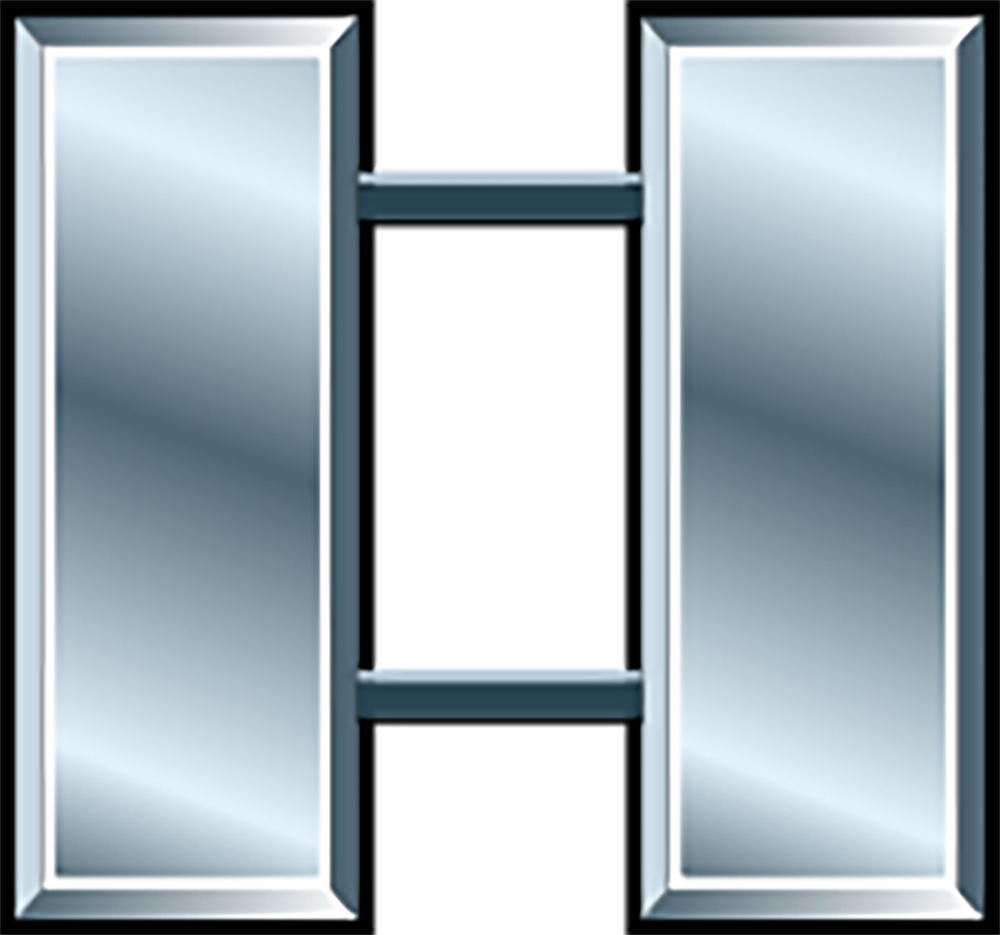
CaptainCapt

LieutenantLT
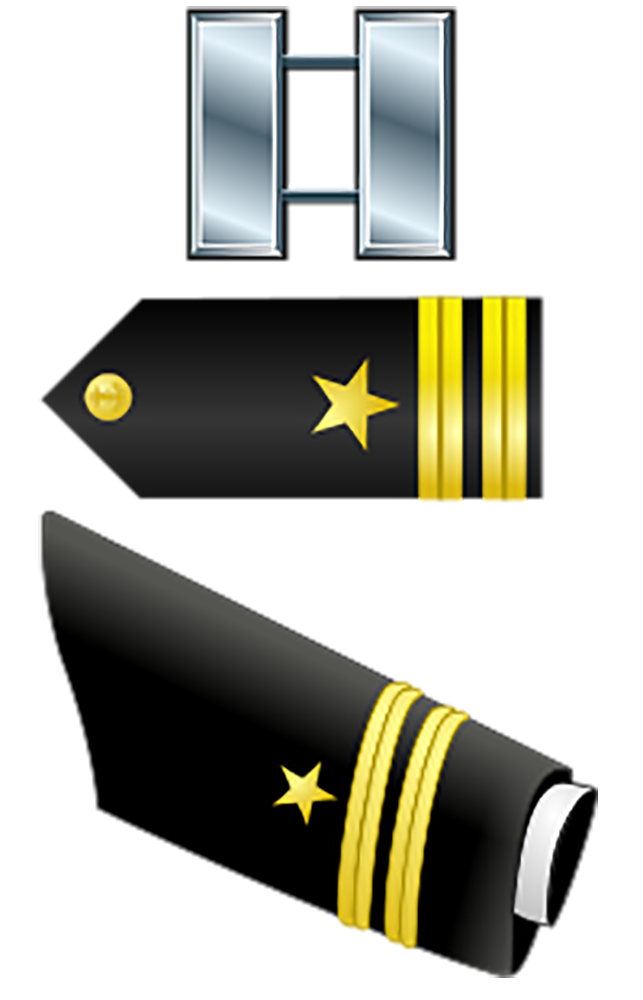
CaptainCapt
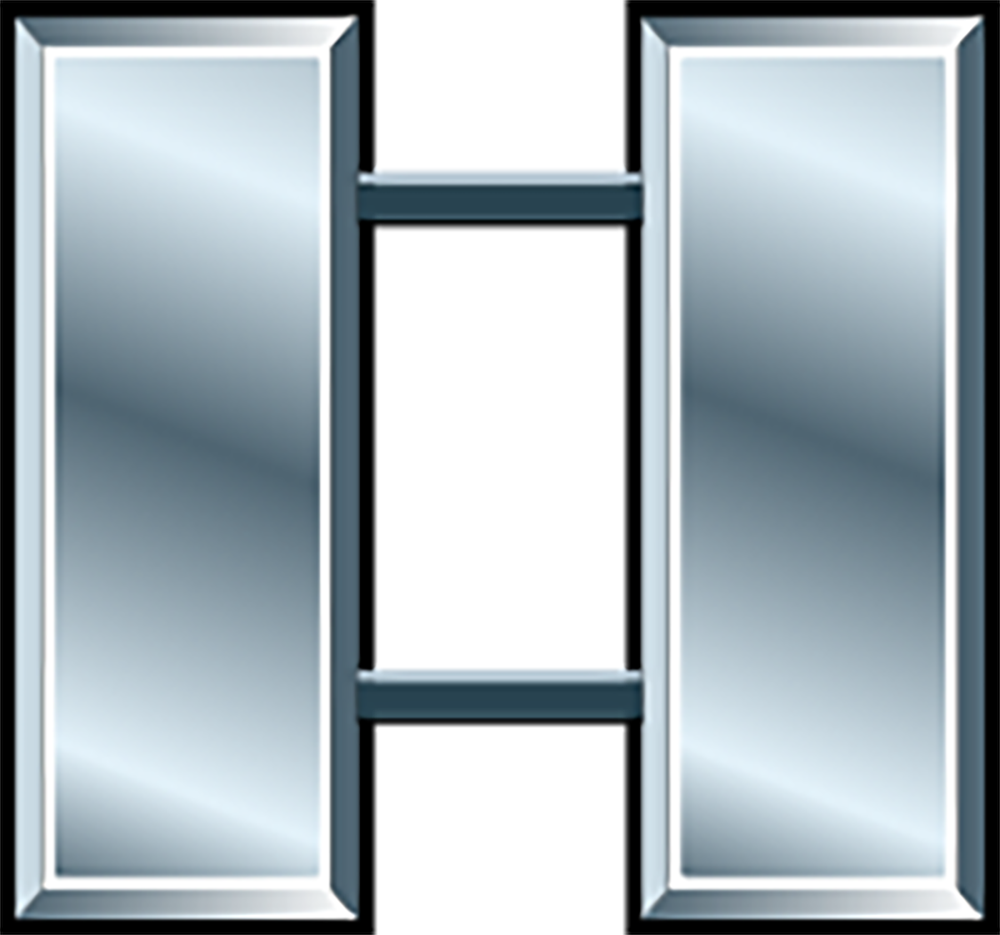
CaptainCapt

LieutenantLT

VIPs are recognized by ____
Multiple Stars
08
09
0 10
You should instantly be able to recognize anything above ONE STAR as a VIP
Name some VIPs in your branch
The different Insignia
Chevrons are.... worn by....
Bars are.... worn by....
Special symbols are .... worn by .....
Here’s a breakdown of the insignia:
- #1 Chevrons: Most enlisted personnel in every military service branch wear chevrons, or V shaped stripes.
- #2 Lower pay grade officers:
- Bars: Officers in the lower pay grades wear bars. Officers at the O-1 pay grade wear one gold bar, O-2 wear one silver bar, O-3 wear two silver bars and warrant officers wear striped bars.
- #3 Higher Level Officers
- Oak leaves: Officers at the O-4 pay grade wear a gold oak leaf, and officers at the O-5 pay grade wear a silver oak leaf.
- Eagles: Officers at the O-6 pay grade wear a silver eagle.
- Stars: Officers at the O-7 through O-10 pay grades wear one, two, three or four stars, respectively.